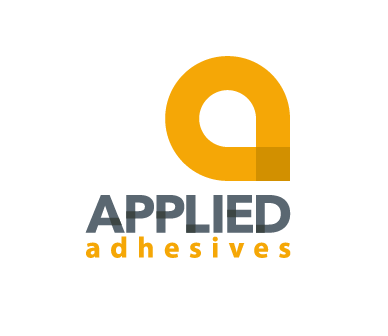Polyolefin-based hot-melt adhesives including ethylene vinyl acetate (EVA) have been a mainstay of adhesive production for decades. However, recent innovations in polyolefin catalyst technology – Metallocene – represent breakthroughs that permit formulation of hot-melt adhesives designed to increase productivity and efficiencies in industrial applications.
Metallocene hot-melt adhesives were developed in the late 1990s. They demonstrate significant advantages over traditional EVA hot-melt. These new-generation hot-melt adhesives provide end users with improvements in package appearance, performance, and total cost.
Metallocene hot-melts offer high mileage due to a lower density and aggressive bonding. Metallocene products run very clean and char-free. Maintenance expenses drop as filters and nozzles stay char free, and need less replacing. Metallocene products have very low odor and the lack of odor helps improve workplace conditions, and meet clean air standards.
Why are these metallocene hot-melt advantages important?
Machines and production runs faster now than ever before. Packaging is getting more complex and companies require adhesives that work on a wide variety of substrates. Companies are continually developing ways to improve how they produce and package products, reduce down time, lower energy, increase line speed, and lower maintenance costs.
Metallocene hot-melt has proven to be superior in packaging applications and is today rapidly replacing both yellow and white EVA based hot-melts in end of line packaging operations.
APPLIED Adhesives offers a great product line of Metallocene hot-melts, and this product technology is the future of hot-melt packaging.

